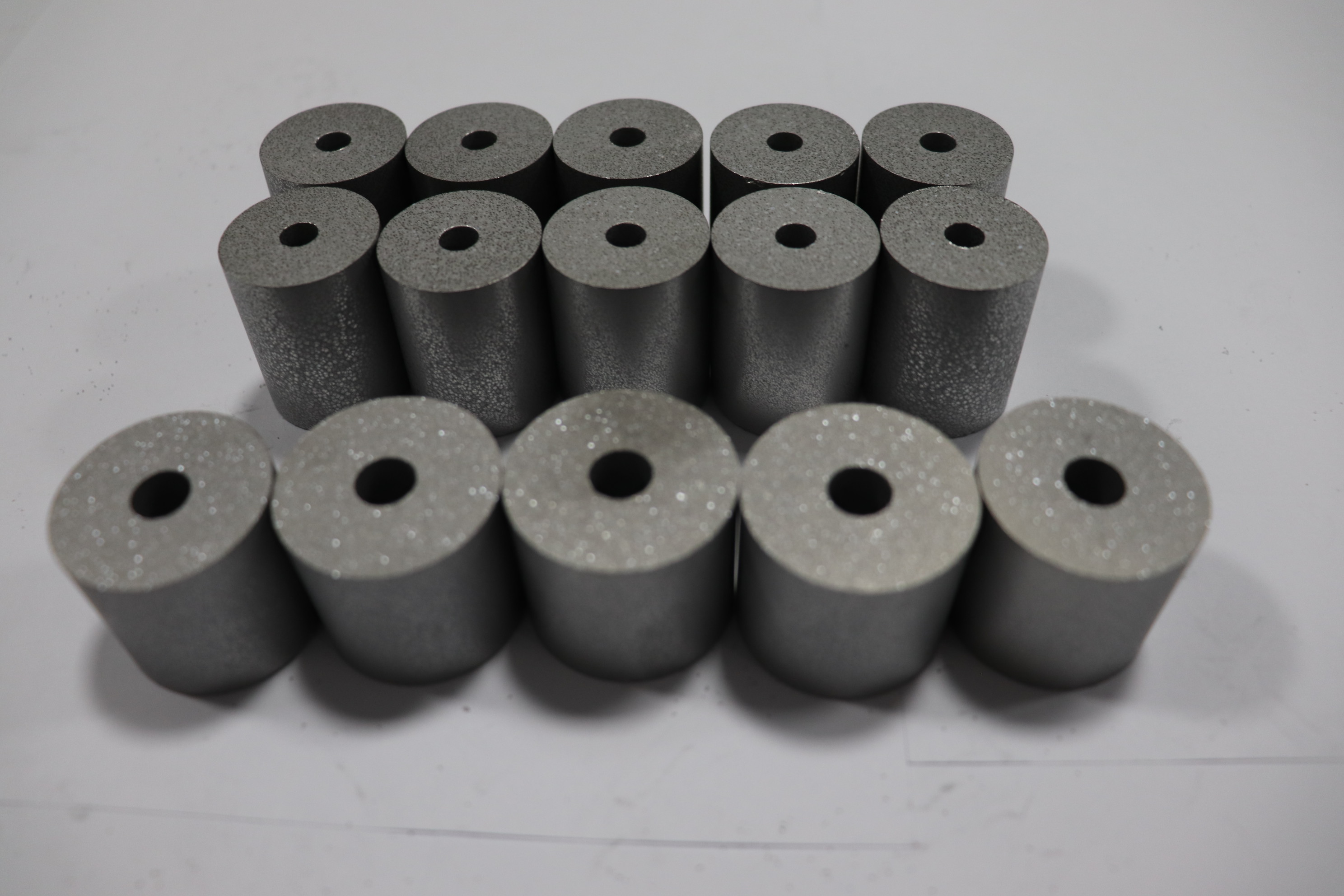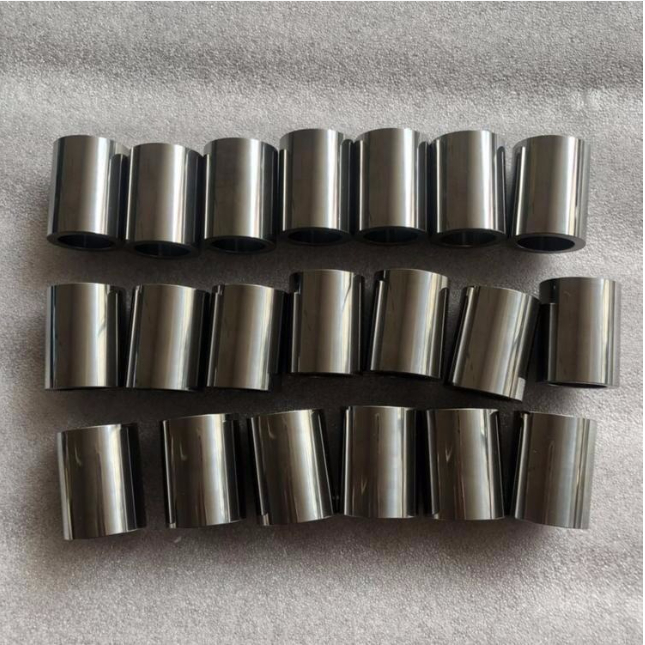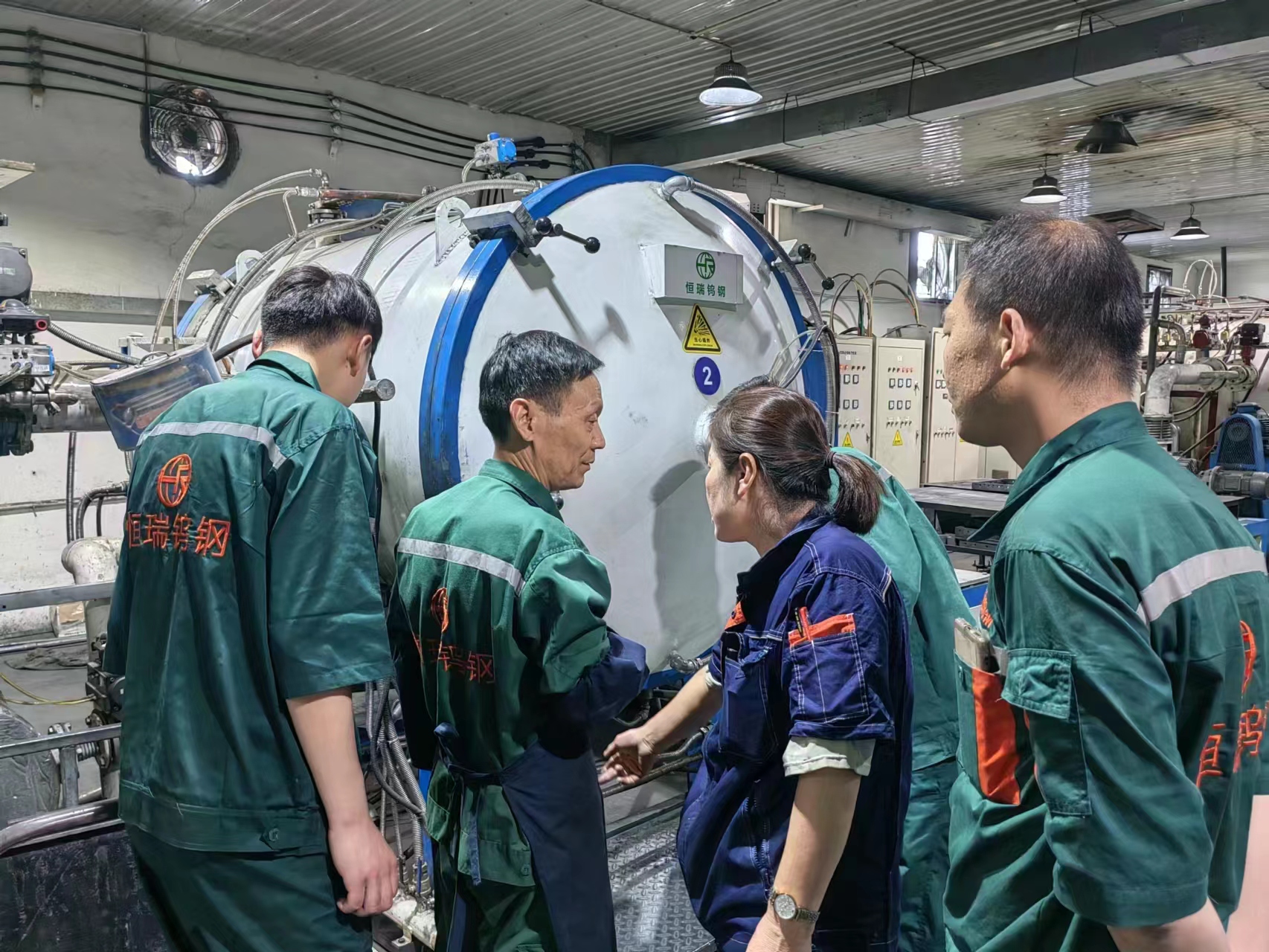As an important mechanical property index of cemented carbide, hardness (Hardness/Stiffness) refers to the ability of alloy material to resist depression and deformation caused by pressing into other hard objects. Cemented carbide is popular in the fields of aerospace, aviation, navigation, national defense, and military industry because of its high hardness (86-93 HRA/69-81 HRC). However, it is also due to this property that makes it difficult to make complex shaped apparatus, as it is easy to fracture during machining. Generally speaking, the better the fracture properties of cemented carbide, the lower the hardness.
There are several factors that affect the hardness of cemented carbide: chemical composition, quality of chemical composition (such as purity, particle size, etc.), internal structure of the alloy, production process and working temperature.
Chemical composition and its quality
Conceptually, cemented carbide is a highly hard and brittle material made of a combination of hard phases (such as tungsten carbide powder, titanium carbide powder, niobium carbide, tantalum carbide, etc.) and bonded phases (such as cobalt powder, nickel powder, iron powder, etc.), and its hardness can change depending on the number, type and content of hard and bonded phases.

Generally speaking, the higher the content of hard compounds such as tungsten carbide powder, the lower the hardness of the alloy, and vice versa, for example, the hardness of YG8 alloy is not less than 89.5 HRA, and the hardness of YG15 alloy is not less than 87 HRA; however, it should be noted that when the hard phase content reaches a critical value, the hardness will fluctuate within a certain range. Note: YG type alloy refers to tungsten cobalt carbide, the main components are tungsten carbide and cobalt, the grade consists of “YG” and the average percentage of cobalt content, for example, YG6 is an alloy with an average cobalt content of 6% and the rest is tungsten carbide powder.
The hardness of YT15 alloy is not less than 91HRA, and the hardness of YG15 alloy is not less than 87HRA. Both of these alloys contain tungsten carbide powder and cobalt powder material, but because the former also contains titanium carbide powder, the hardness of the alloy is different. Note: YT type carbide refers to tungsten-titanium-cobalt carbide, the main components are tungsten carbide, titanium carbide and cobalt, the grade consists of “YT” and the average content of titanium carbide, such as YT15 is the average content of titanium carbide is 15%, the rest is tungsten carbide powder and cobalt powder alloy.

In addition, the hardness of cemented carbide varies with the carbon content. When carbon deficiency occurs, the hard and brittle η phase is produced, and the cobalt content decreases, which in turn refines the tungsten carbide grains, thus increasing the hardness of the alloy; however, when carbon deficiency is severe, the hardness of the η phase decreases instead of too much; excessive carbon will cause the alloy to produce soft phase graphite inclusions, which in turn significantly reduces the hardness.
With the increase of the average free range of cobalt phase, the hardness of cemented carbide decreases. The average free range of a particle is the average distance passed by a particle colliding with other particles, expressed in λ in meters.
When the raw materials and their ratios are the same, the higher the purity of the tungsten carbide powder or the smaller the particle size, the higher the hardness of the alloy; and vice versa, the lower the hardness.
Post time: Jul-11-2023










